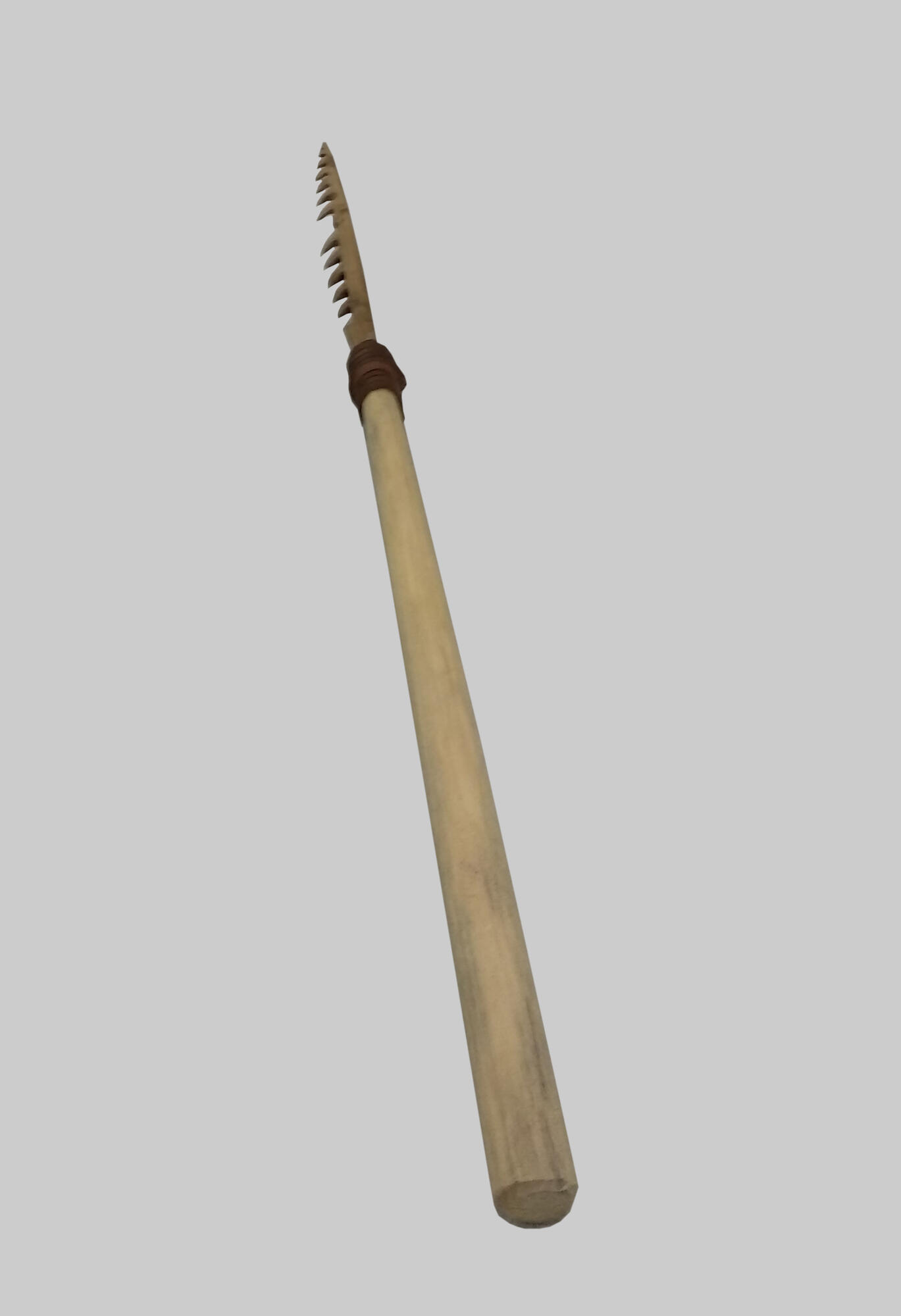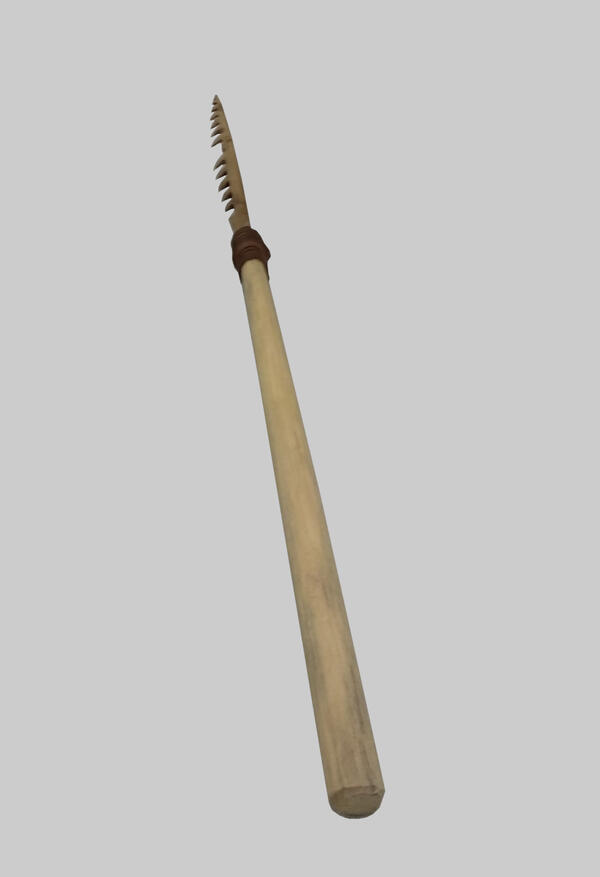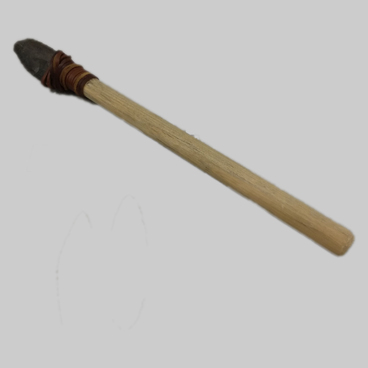The Mesolithic is the name for the archaeological era during which people used stone tools. The date range for the Mesolithic varies from region to region. In the Middle East, it began earlier than anywhere else — about 15,000 years ago. ts beginning coincides with the beginning of the Holocene — geological modernity, and a natural environment and climatic conditions caused by the melting of the glacier ice masses. Glaciers quickly receded to the north, and the climate became drier and warmer. The expanses of Europe become covered in pine forests and broadleaf trees.
The makeup of the animals that inhabit it changes dramatically. Mammoths, giant deer, rhinos, bison, and other animals of the Ice Age start dying out. Elk, brown bears, wild boars, red deer, and beavers appeared in the forests, and fish and waterfowl came into existence in the lakes.
The Paleolithic culture, characterized by giant animals hunting prey during the glacial period, started to fade into the past. Hunting for wild game, fishing, and gathering occupied a significant place in human life. New hunting and fishing tools were invented: bows and arrows, nets, harpoons and fishing hooks, and canoes and oars.
A harpoon, or gaff, is one of the most primitive devices used to catch fish. It had a tip made of bone or horn, which was tied to a shaft. When it hit the target, the harpoon became separated from the shaft, and then the hunters pulled out the wounded fish. It comes in the form of a jagged stick made of bone or wood. The harpoon created by ancient humans consisted of a sharpened shaft, and sometimes the shaft had a stone or bone tip, which was fastened with a connecting rope. Later on, metal tips also appeared. When people in ancient times learned how to make tips with lateral serratures, the prey could no longer get rid of the tip that had stuck into its body.
The makeup of the animals that inhabit it changes dramatically. Mammoths, giant deer, rhinos, bison, and other animals of the Ice Age start dying out. Elk, brown bears, wild boars, red deer, and beavers appeared in the forests, and fish and waterfowl came into existence in the lakes.
The Paleolithic culture, characterized by giant animals hunting prey during the glacial period, started to fade into the past. Hunting for wild game, fishing, and gathering occupied a significant place in human life. New hunting and fishing tools were invented: bows and arrows, nets, harpoons and fishing hooks, and canoes and oars.
A harpoon, or gaff, is one of the most primitive devices used to catch fish. It had a tip made of bone or horn, which was tied to a shaft. When it hit the target, the harpoon became separated from the shaft, and then the hunters pulled out the wounded fish. It comes in the form of a jagged stick made of bone or wood. The harpoon created by ancient humans consisted of a sharpened shaft, and sometimes the shaft had a stone or bone tip, which was fastened with a connecting rope. Later on, metal tips also appeared. When people in ancient times learned how to make tips with lateral serratures, the prey could no longer get rid of the tip that had stuck into its body.
They were made from large bones, for example, from deer antlers, and people in northern climes made them from the bones of mammoths and walruses. Fishing in ancient times played an important role in providing people with food that had protein. It depended on the seasons to a lesser extent than hunting, and therefore was a more stable source of food, in many ways contributing to the people’s transition to a sedentary lifestyle. These conclusions were drawn following analyses of archaeological sources for different eras, which make it possible to form a conception of both the range of fish caught and the features of the gear used, and from that conceive the methods of fishing used in different historical periods.



